The original ‘WHR’ dates from 1922 when a number of smaller lines amalgamated and adopted the name. The line was to link the two North Wales towns of Porthmadog and Dinas. It was not a commercial success and the line closed in 1937.
At that time there was not the enthusiast base there is today.
The present ‘WHR’ is a tourist railway that is owned and operated by the 'Festiniog Railway' (FR) who extended the line to the new northern terminus at Caernarfon.
The first train to leave Caernarfon was on the 11th. of October 1997. The line was extended by degrees until the first train to arrive in Porthmadog did so on the 30th. of October 2010.
The first image shows the fan of tracks of the ‘FR’ at Porthmadog. The platform face behind the camera is where the ‘WHR’ trains operate from with trains heading North to the right of the station buildings.
The platform face in front of me where 'FR' trains for Blaenau Ffestiniog leave to the left.
The loco hauling our train from Porthmadog was No. 87. A Garrett principle articulated loco.
One of a batch of four built by the ‘Societe Anonyme John Cockerill’ of Seraing in Belgium for ‘South African Railways’ (SAR) in 1937 to a 2-6-2+2-6-2 wheel formation.
Initially classed by ‘SAR’ as its NGG 15 indicating that it was built to suit the Narrow Gauge of 1 foot 11.5 inches (597m/m).
However because it was different to other class members in that its carrying wheels were built to the ‘Golsdorf’ system, they were reclassified as Class NG16.
Purchased from the Exmoor Steam Centre, it re entered service in 2010. Painted in a midnight blue livery.
Also in steam on the day was similar loco No. 143. Another ex ‘SAR’ 2-6-2+2-6-2 class NG16 Garrett.
This one built in 1958 by Beyer-Peacock & Co. in Manchester. The last loco to be built by them for anyone.
It entered service in 1998 carrying a plain black livery but at the time of my visit it was operating in a dark green scheme.
This 2-8-2 Tender loco seen at Rhyd Ddu (without its tender) was one of two built in 1953 by Societe Anglo-Franco-Belge as part of Class NG15 for ‘SAR’ where they were numbered 133 and 134.
The pictured loco being 133. 134 has progressed further along the restoration road.
The pride of the coaching stock on the ‘WHR’ is this Winson Engineering built Pullman-style 20 seat coach.
The last of 6 coaches completed by the company, the other five being standard service stock. It is fitted out with individual armchairs facing each other across tables.
Not surprisingly, a supplement is payable for the privilege of traveling in it.
There are 4 surviving coaches from the old ‘WHR’. Coach No. 23 seen here is one of two built in 1894 by Ashbury’s & Co. Ltd. of Manchester. The livery it is seen in today is what was used by the ‘WHR’ in the 1920’s
After the old ‘WHR’s demise, the coach was cut down for use on the more restricted loading gauge of the revived ‘FR’ from the 1950’s onward.
Coach No. 2046 which was the vehicle in which we travelled.
It is a new coach built at Boston Lodge Works on the ‘FR’ in 2013. Funded by the
‘Welsh Highland Railway Society’. It is similar to earlier coaches in that it has double glazing and roller bearing bogies.
Allied to panoramic windows and wider doors to assist less mobile passengers, the interior is furnished with moquette fabric covered seats that closer inspection shows the initials FR and WHR woven into the fabric. A nice touch.
Coach 2022
With two bays at each end having no glass in the windows, it almost seems irrelevant to fit glass in the two centre bays.
Built in 2002 by Alan Keefe Ltd. of Lea near Ross on Wye they it is only for the fresh air fiends....!
It would be remiss of me to visit Porthmadog without recording a little of what was working on the ‘FR’.
‘David Lloyd George’ is an 0-4-4-0 Double Fairlie type locomotive and is the fourth steam loco to be built by the ‘FR’.
Completed in 1992 at the Boston Lodge Works based on a much older design to match other loco’s of the type in the fleet.
Because the boiler is designed to work at a higher pressure than its class mates and it has a greater degree of superheat it is the most powerful loco ever to run in normal service on the ‘FR’.
After a considerable amount of work that has been undertaken in the last few years, the loco was returned to service in May 2014 painted in this grey livery which is only temporary (fortunately).
Coaching stock on the ‘FR’ is built to a more limited loading gauge than that on the ‘WHR’ and are represented here by,
No.14
This modern looking coach dates from 1896 and was originally built for the now legendary ‘Lynton and Barnstaple Railway’. It was restored first in 1963 and again in 1998.
No. 111
At first glance, it appears to be an observation car but in fact it is a Driving Trailer for use with a diesel locomotive on out of season push/pull services.
Built by the ‘FR’ in 1990 at Boston Lodge Works, it has a steel body mounted on a former ‘Isle of Man Railway’s coach underframe.

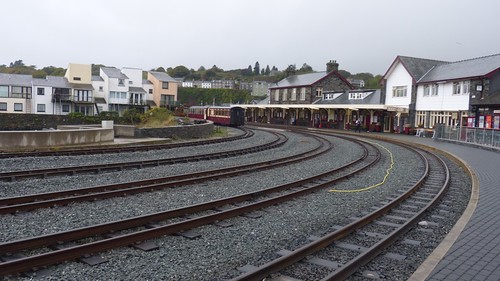
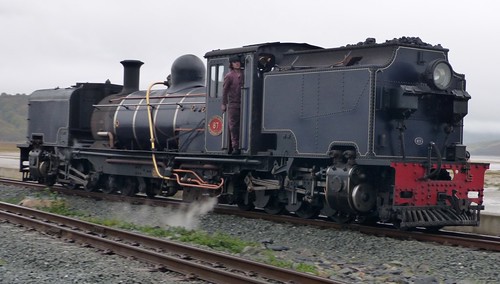
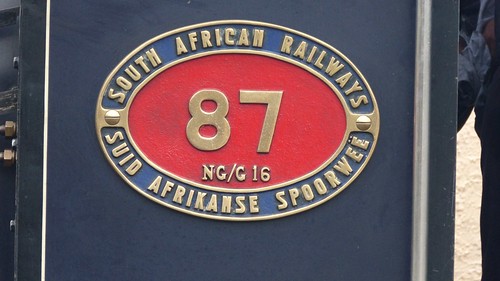

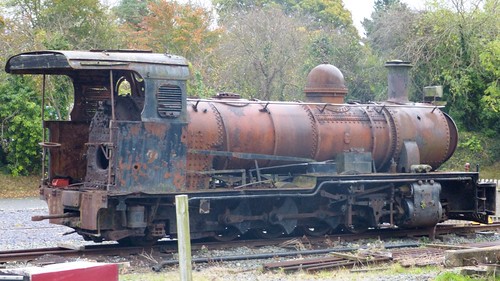
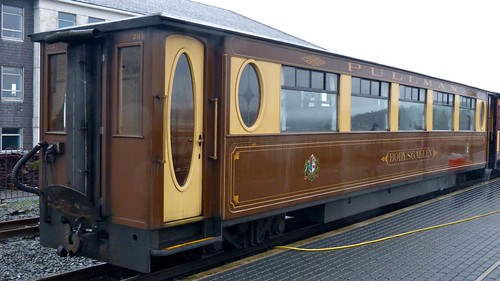
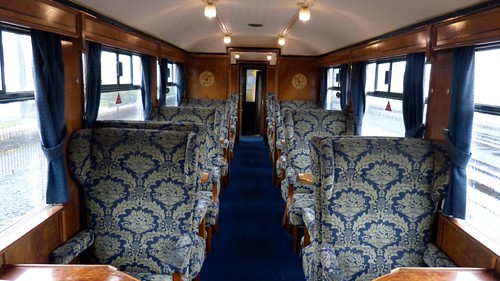
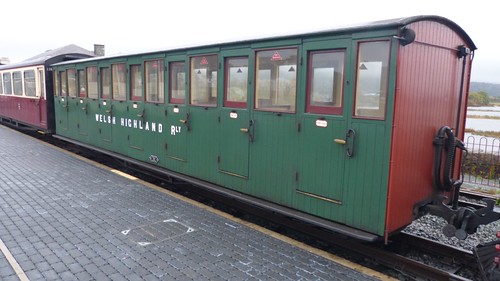
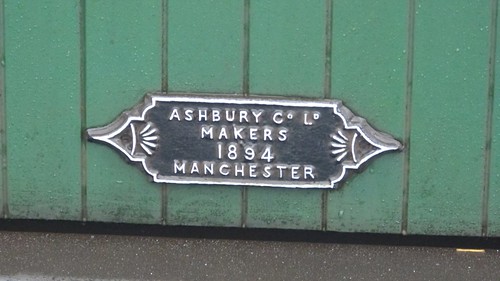
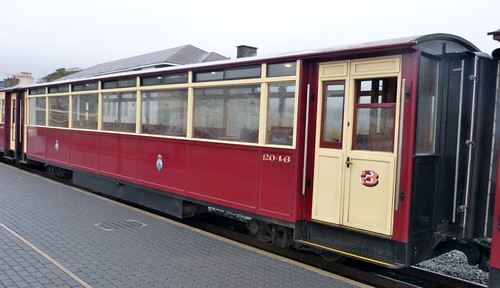
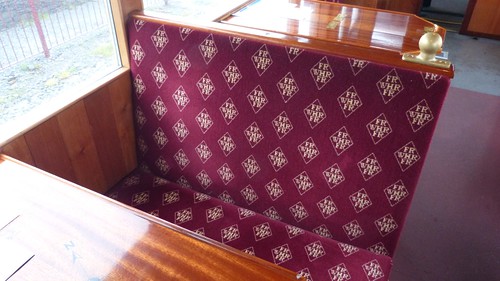

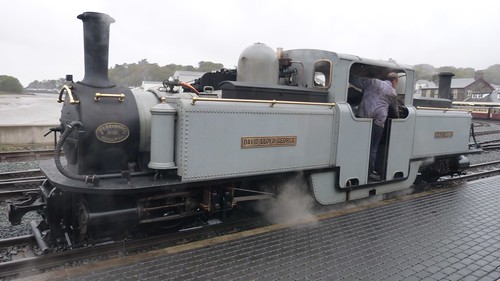

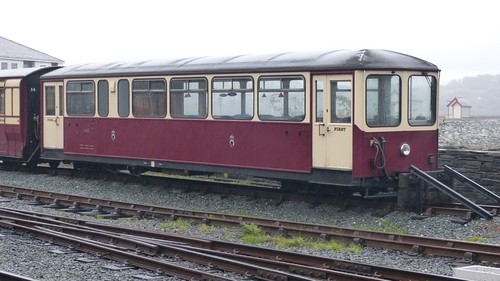
No comments:
Post a Comment